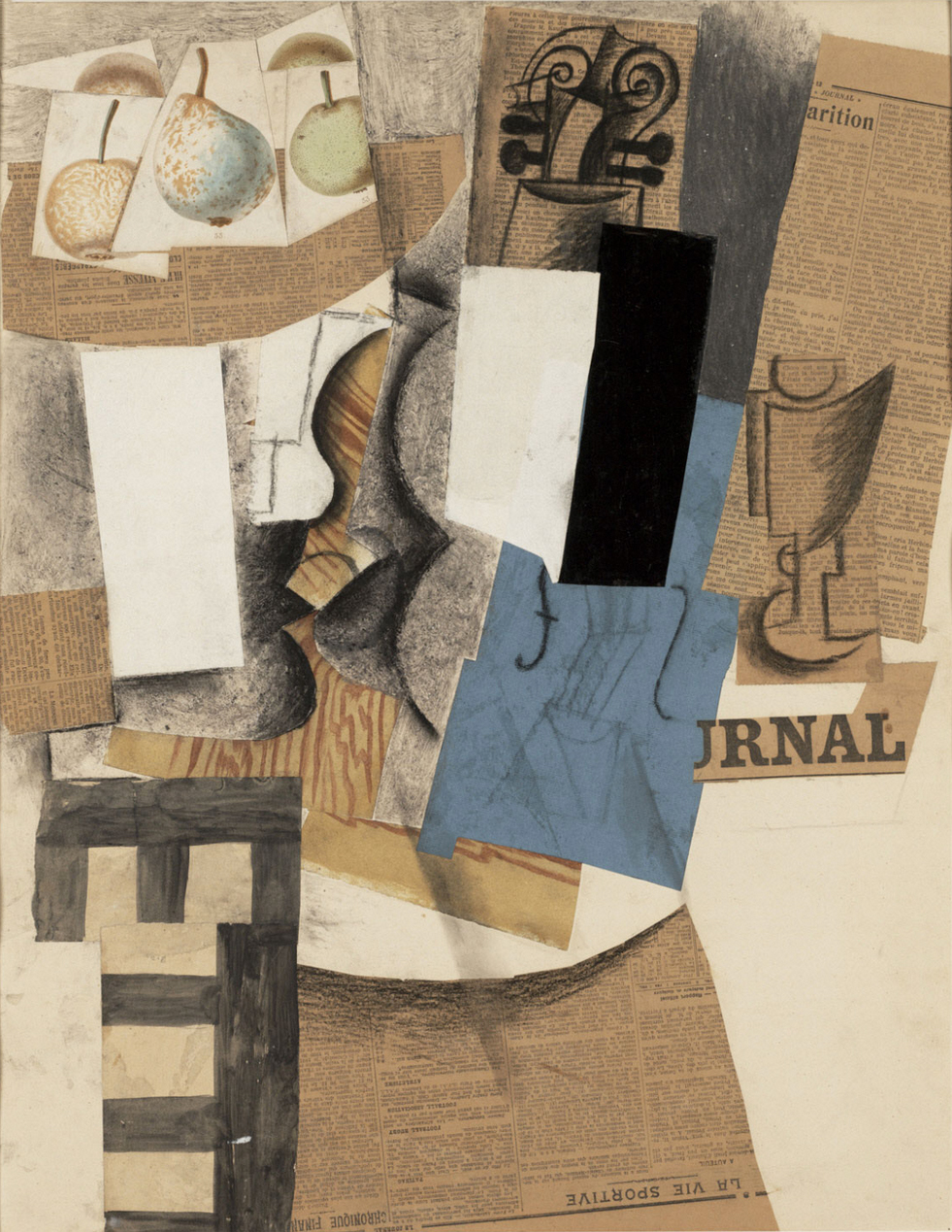1. mutual contrasts
some classifications to approach a "place" with mutual contrasts. Try to expand.
time, space, weight, flow
function, ease-of-use, pleasure, aesthetics, poetics
earth, water, fire, wind
six senses: sight, audition, smell, taste, touch, thought.
對於每個地點, 定義出一套相對詞來開展設計空間, 例如:
最有地方感 v.s 最無地方感
國際化 v.s. 在地化
現代化 v.s. 傳統
人潮多 v.s. 人煙稀少
商業區 v.s. 住宅區
歷史文化 v.s. 生活機能
繁榮的 v.s. 靜謐的
光鮮美麗 v.s. 廢墟
科技的 v.s. 田園的
知識的 v.s. 美食的
.....
2. composition (collage)

balanced contrasts shown in Picasso's work
 Picasso's Composition with Fruit, Guitar, and Glass (1912)
Picasso's Composition with Fruit, Guitar, and Glass (1912)質地的美感
Place-Based Interaction
foursquare.com
gowalla.com
"With applications like Graffitio (http://graffit.
io/), you can “air post” notes on the nearest handy geolocation wall (the digital equivalent of burying a time capsule in the garden, perhaps); you can bookmark and tag locations; you can play location-based games with others; you can look for services like hotels, parking, and public toilets near you; find out when the next train is coming (having identified the station closest to you); get active in mobile dating and literally bump into the partner of your dreams; and of course get maps of any kind for navigation."
http://www.stylecaster.com/
Banff Location Learning Project
reference:
1. "Today's flâneur: from HCI to place-based interaction and human-place interaction" by Elizabeth Churchchill, ACM Interactoin
2. "Designing Behavior in Interaction: Using Aesthetic Experience as a Mechanism for Design" by Philip Roland Ross & Stephan Wensveen, International Journal of Design.
HW3:
1. 針對一個區域 (location), 定義至少十個相對詞 (mutual contrasts), 每個相對詞以兩張照片說明
2. 視覺表現方法: 極簡 <->擬真, 快門速度, 剪接速度....
聽覺表現方法: 無聲, 環境音, 個人聲音, 對話聲, 音樂...
文字表現方法: 標題, 詩, 說明文字, (字型, 進場方式...)



沒有留言:
張貼留言